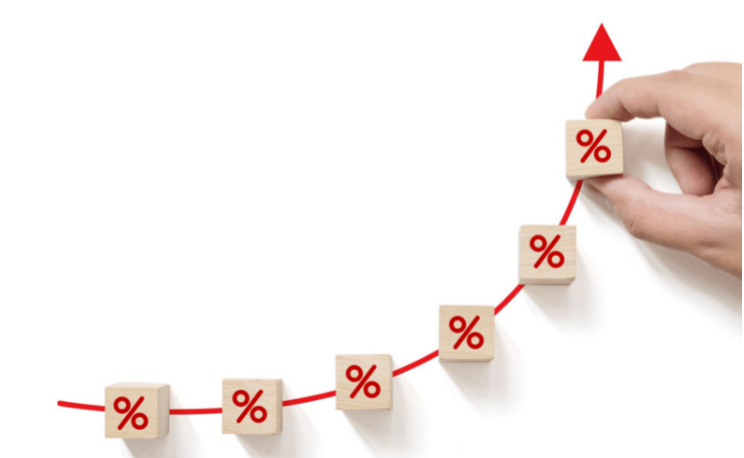Six Taboos and Suggestions for Trading Stocks in A Bull Market
There are many new investors who enter the market in a hurry with enthusiasm and intuition, and unfortunately they end up developing bad investment habits. To sum up, there are roughly the following types of investors:

The first type is too eager to choose carefully. When some investors find that the bull market is coming and the stock index rises sharply, they buy in a hurry because they are worried about missing the opportunity. As a result, there might be a problem with the stock they bought, or the timing of the purchase is wrong. Sometimes they would even step in at the staged top of a strong stock, making it difficult to profit.
Suggestions: Opportunities in the stock market are unlimited, but funds are limited. Do not use limited funds to gain unlimited opportunities.
The second type likes following the herd. These investors are deeply affected by inertial thinking. When the stock market rises, they think they can see 6,000 points, and when the stock market falls, they think it will definitely return to 1,600 points. They jump in and buy after a rally has already started, just because prices are rising. And they rush to sell after prices start falling, just because they're falling. It’s no wonder that the market value has shrunken in such operations.
Suggestions: Look at the favorable factors of the market under unfavorable circumstances, and look at the unfavorable factors of the market under favorable circumstances.

The third type holds fast to their stocks. The bull market does require holding stocks to obtain huge profits, but it depends on what stocks are held. Many investors hold stocks that are deeply trapped in the bear market, and most of these stocks are not hot spots of the current market. Naturally, it’s difficult for them to unravel and turn losses.
Suggestions: While replacing a stock will increase the cost of taxes and fees, the growth rate of strong stocks is many times that of weak stocks. It is necessary to distinguish the advantages and disadvantages.
The fourth type tends to imitate the fund. Many investors do not have much capital, but their operation method is similar to the fund, whereby there are dozens of stocks in one account. While they cast a wide a net, the income is rather small. Even if two leading stocks are selected, it is difficult to obtain more income due to the small number of purchases. Moreover, the number of shares held is too large to fully take into account. They have no idea about the fundamentals of the companies in which they hold shares, which means they cannot grasp the volatility law of individual stocks.
Suggestions: Clean up your account well, and then go into battle lightly.
The fifth is bear market thinking. After years of bear market, many investors have been "brainwashed" by the bear market. They often sell in a hurry when they make a little profit, and then expect the stock price to fall back again, but the stock price rises all the same, only leaving them far behind.
Suggestions: Clear your head and instill some bullish thinking.

The sixth is the type of selling up and staying down. When the market is good, some of the stocks held by investors will be profitable, and some are still stuck. Most investors will choose to sell the profitable ones and hold the stuck ones. In the end, the stocks that were sold at a profit continued to rise, while the stuck stocks were still hovering at low levels.
Suggestions: The stronger gets stronger. For stock operations, the correct way is to hold tighter stocks that can go up and quickly get rid of stocks that cannot go up. You should revitalize funds and re-select opportunities.
(Writer:Maty)


